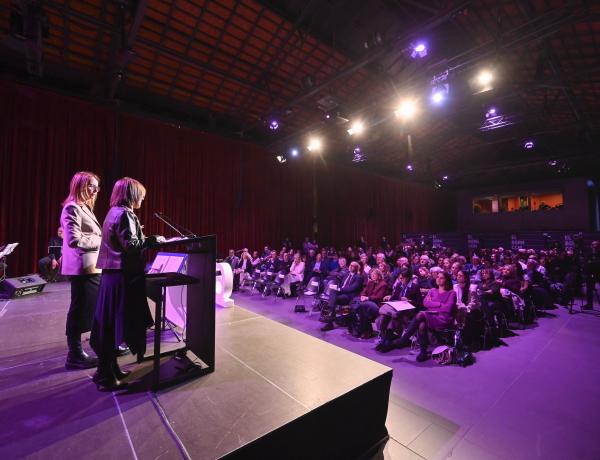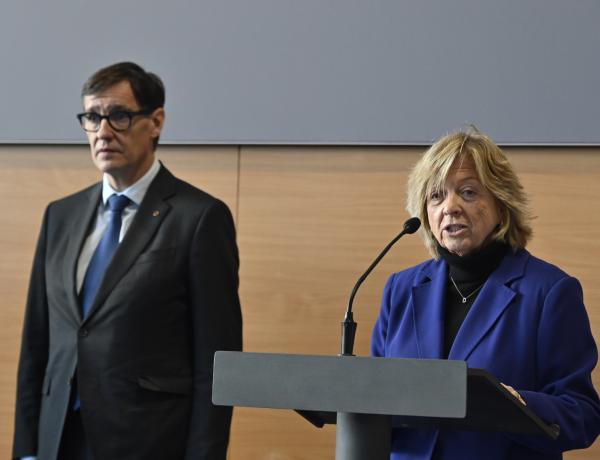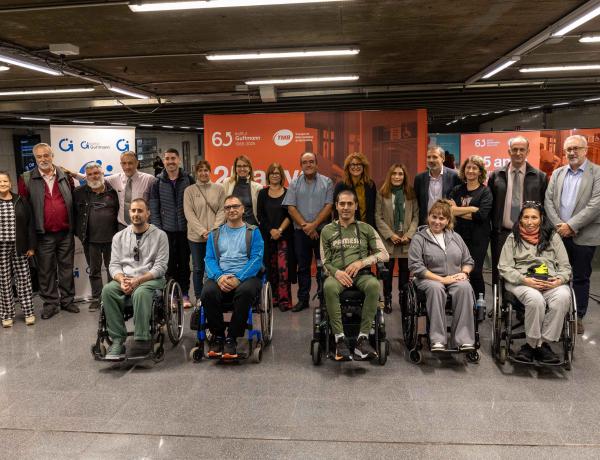Non-invasive brain stimulation combined with neuroimaging: Towards precision medicine in the treatment of addictions
Non-invasive brain stimulation combined with neuroimaging: Towards precision medicine in the treatment of addictions
Addictive disorders are a complex psychiatric condition with great personal and social impact. In Spain, it is estimated that they affect 5% of the population, with an estimated economic cost of 1,500 euros per person per year. Now, an editorial published in the journal Adicciones reviews the studies carried out combining neuroimaging and neuromodulation techniques as a therapeutic alternative for addictions, proposing different ways to personalise these interventions. According to Kilian Abellaneda, postdoctoral researcher at the Institut Guttmann and first author of the article, this scenario "should make it possible to enhance the therapeutic success of patients with addictive disorders, while also helping to reduce the stigma associated with them".
Current treatments for addictions have very limited efficacy and there has been a very little progress in recent years in their development. In fact, there are no drugs for cocaine and cannabis addiction, and for alcohol there is only disulfiram, which was developed nearly a century ago and whose adverse effects severely limit its use. In this context, the role of brain circuits involved in addictions allows new therapeutic approaches to be envisaged.
Two main networks
Neuroimaging studies have shown that two brain networks are mainly involved in addictive behaviours. On the one hand, the salience network (SN), whose hypoactivity would be the cause of the difficulty in curbing the urge to consume. On the other hand, the ventromedial network (VMN), also known as the brain reward circuit, which in states of hyperactivity generates the craving to consume.
Most studies with neuromodulation techniques to treat addiction have focused on repetitive transcranial magnetic stimulation (rTMS) and transcranial direct current electrical stimulation (tDCS). These techniques have mainly attempted to increase the salience network in order to curb the urge to use. In this regard, studies in 2003 and 2014 achieved significant reductions in cigarette or drug use, respectively.
In cases where attempts have been made to reduce ventromedial network activity to reduce craving, available studies have shown that the effects are not the same in all individuals, due to biological factors that determine the neurological differences in each person.
Two essential factors: personalisation and prediction
"Neuromodulation techniques are a promising alternative, given their potential to precisely modify the functioning of different areas and neural networks. But there are two crucial elements in the therapeutic application of these techniques for addictions: the importance of personalising interventions as much as possible and the study of factors that predict therapeutic efficacy," says Abellaneda.
In the case of personalisation, the article highlights the success of studies in the field of depression that combined the use of neuroimaging with brain stimulation, and that this methodology could be transferred to the field of addictions given that both disorders affect brain areas with certain similarities. As for the study of predictors, the editorial stresses that scalable markers have yet to be identified in clinical practice, but that "it is reasonable to imagine a near future in which the patient with an addiction can be studied using neuroimaging techniques to establish exactly which are the specific brain areas to be stimulated," explains Abellaneda.




